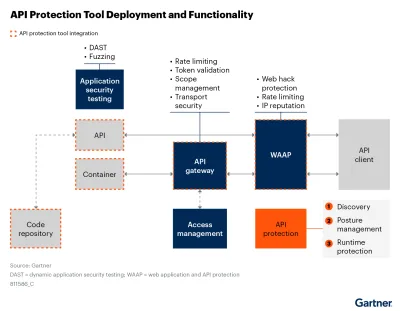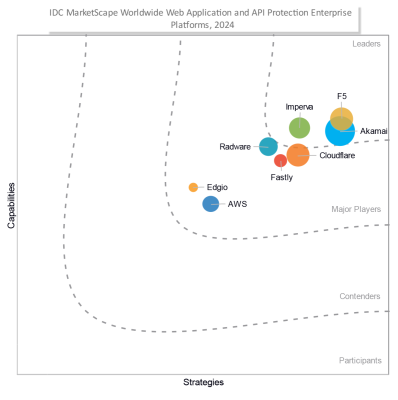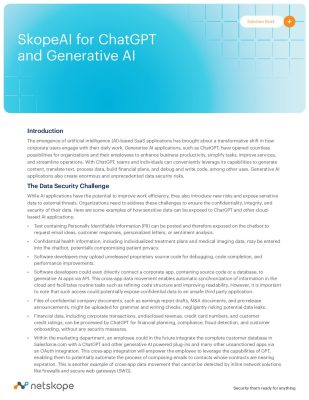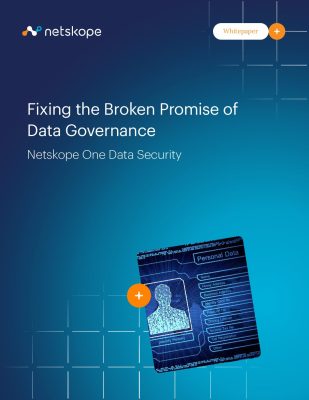Highlights:
- Ninety-four percent of the respondents stated that they did not even have a technology to consider.
- According to Digibee, most respondents have chosen a piecemeal approach to integration due to the lack of a suitable plan.
According to the 2022 State of the Enterprise Integration report published by Digibee, although most IT leaders in the finance, manufacturing, and retail industries assert that digital enterprise integration is a business imperative, only seven percent have an established strategy. The importance of an enterprise integration plan for the businesses was regarded as either “imperative” or “good to have” by 93% of the respondents.
While most polled IT leaders believed that integrating systems and data is necessary for organizations to remain competitive in a digital-first world, it seemed they were at a loss for a strategy to carry out that integration. Ninety-four percent of the respondents stated that they did not even have a technology to consider.
It is challenging to justify the investment, mainly when competing priorities that yield an immediate return are present. There are insufficient resources, and the current legacy infrastructure frequently acts as a barrier to innovation.
Only seven percent of the respondents whose companies have given integration initiatives a priority have been successful in putting an enterprise integration plan into action. Most respondents (53%) are still in the planning stage and intend to implement their strategy within the next 12 months. On the other hand, over a third of respondents (36%) said there are no plans.
The high cost of not having a digital integration strategy
The cost of executing digital transformation without first developing and implementing a comprehensive strategy can be relatively high in terms of monetary expenditures and the amount of work required. According to Digibee, most respondents have chosen a piecemeal approach to integration due to the lack of a suitable plan. This means they focus on meeting immediate requirements rather than their longer-term ambitions. Firms must consistently rebuild one-off integrations to keep their businesses running, even though they are commonly impeded by legacy infrastructure and other obstacles.
Over fifty percent of Chief Information Officers (CIOs) and 45% of system architects and developers reported that they had to rebuild integrations for existing critical business applications six to ten times in the past 12 months. At the same time, 98% of the respondents stated that they had rebuilt integrations for existing key business applications in over a year.
Despite the obstacles that stop companies from beginning or finishing the process of integrating their systems and data, these firms must do so. In a recent discussion on the quickening rate of the migration to the cloud, Gartner stated: “Technology and service providers that fail to adapt to the pace of cloud shift face increasing risk of becoming obsolete, or, at best, being relegated to low-growth markets.”
Digibee’s research was developed in partnership with research firm CensusWide and is based on a survey of more than 1,000 U.S.-based CIOs, developers, and enterprise architects conducted from April 27 to May 5, 2022.






































































